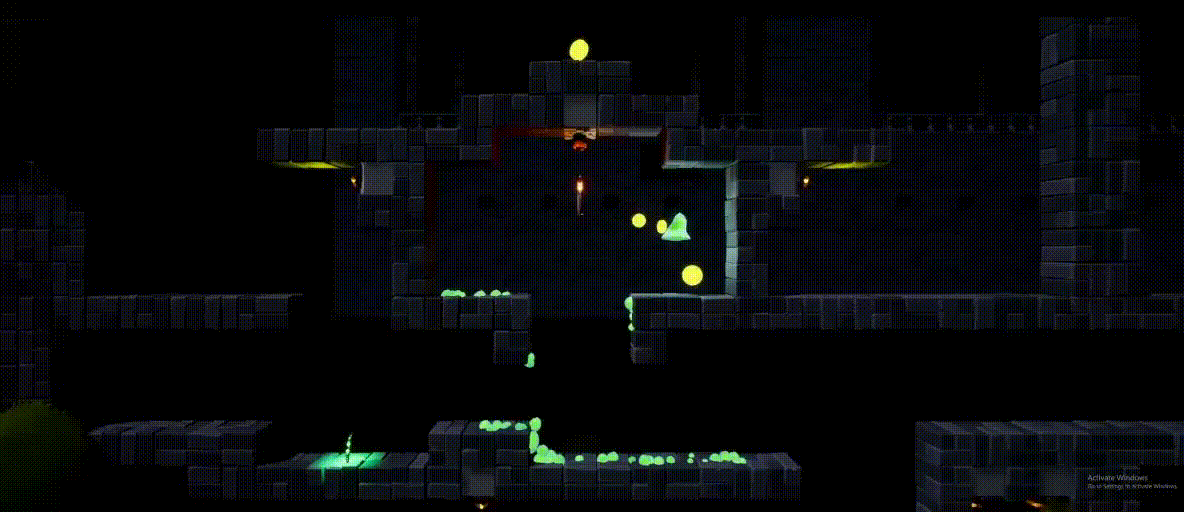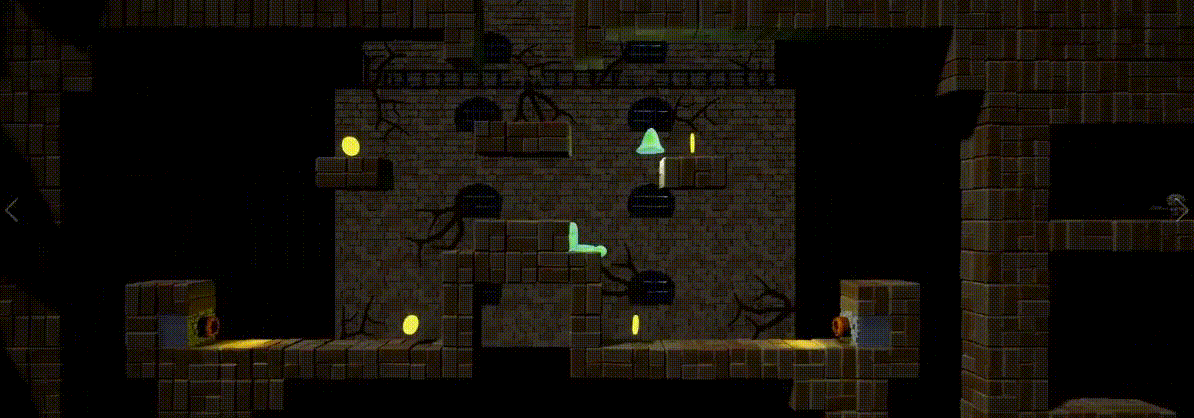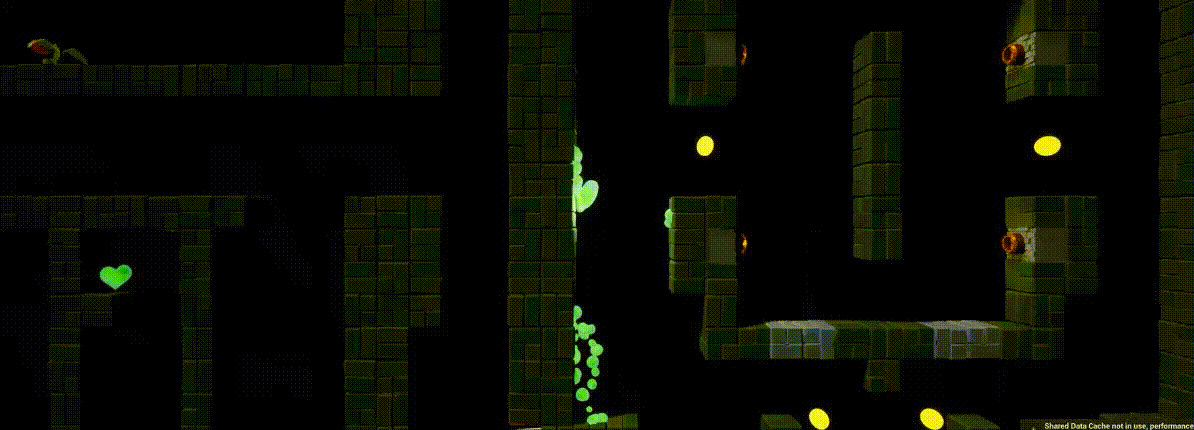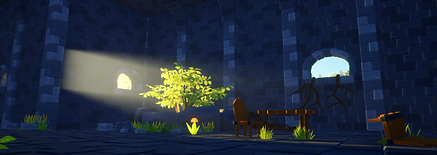
Tel: +46 76 188 86 39
Mail: fabianadlertz@gmail.com
Fabian
Adlertz
game & Level Designer
Stockholm, Sweden
About
Slime: a Dungeon Escape is a Roguelike 2D-Platformer where You play as Slimy a Slime that works in a dungeon for an evil empire but after receiving freewill through a potion wants to escape. You must find the exit of the procedurally generated levels while picking up power-ups and coins to aid in combat and in exploration.
Details
Role: Level Design
Genre: Roguelike, 2.5 Platformer
Engine: Unreal Engine 4
Team Size: 6
Project Length: 4 Weeks
Platform: PC
Maximum Play Length: 20 Minutes
My Contributions to the project
Level Design: I worked on the level design together with one other team member. Since the game is procedural we designed the games levels to be made in modules. To avoid repetitiveness we aimed to design a high quantity of these modules.
Collaboration: For this project the team was made out of only programmers and designers. This made it very important to always keep a clear line of communication to make sure everyone was on the same page through the entire design process.
Gameplay Design: I together with the other designers in the team designed the gameplay abilities, traps and enemies. This to make sure everything we wanted in the game had a purpose and enhanced the core gameplay experience and fit the rougelike genre.
Design Pillars
Exploration
_edited.png)
Incentivize Players to Explore The levels to find coins and Abilities
Replayability
_edited.png)
Incentivize Players to Replay and Improve their runs if they fail
Experimentation

Incentivize Players to try Different ways of play with Abilities
Game Loop

Explore Level
Find Exit
Buy Items
Level Modules Design Process
When designing the levels we had Exploration, Difficulty and Progression in mind through the entire process. The games 3 levels are made up out of 9 randomly selected Handcrafted modules in a 3x3 square. Each of these modules have procedurally generated enemies, coins and pick-up, this to avoid repetitiveness and Encourage Exploration. The goal of each level is to reach the door which is placed in either of the top corners.
Concept

Starting of the project I quickly designed a simple test level where we could playtest to make sure the movement felt responsive and fun.
Picture To Module


For this project we used a tool provided to us by a programmer where we could draw a level in any image editor and the tool then used that to create a Module for the level.
Iteration and Testing

So with this tool It was easy to create, test and iterate on any level and make sure that we could create a high quantity of modules without losing the quality.
Final Result



Continuing to playtest and iterate on enemy, traps, coins and ability placement this to make sure that everything Enhanced the core experience. We also made sure that all the different levels looked Different to give the player a sense of progression.
Modules I designed
Ending Level Design
For the Final level we decided to design it to be visually pleasing as it would Reward the player for Completing the game and giving them a good sense of achievement.



Designing Risk-Reward for Procedural Levels
A big design challenge we had while doing this game was the procedural element. Since we hade randomized items and enemies we had to make sure that the placement of these didn't feel like blockers for the player but instead an obstacle that could be overcome with the right tool and skill.
So if the player encountered any of these areas they could either decide to keep exploring to find a better tool or decide that the risk isn't worth the reward.

In this example the pick-up is a Life which is very valuable. The traps are placed in a way that would put the player at risk of taking damage unless they are very skillful and careful. Another solution to get the pick up is to either already have the Dash ability or explore to find it and come back.
Here we have a similar situation but now the risk is a lot higher since the player can't get to the Life pick up unless they have the Dash ability.


Here we have an entire module build around the thought of risk-reward. The easy way of clearing this module is to follow the outside corridors and ignore the pick-ups. In this case there is a lot of coins which are fairly common but since their is a lot of them they could come to good use. So its a high risk with the fire bars going around in a circle covering the corridors with pick-ups.
























